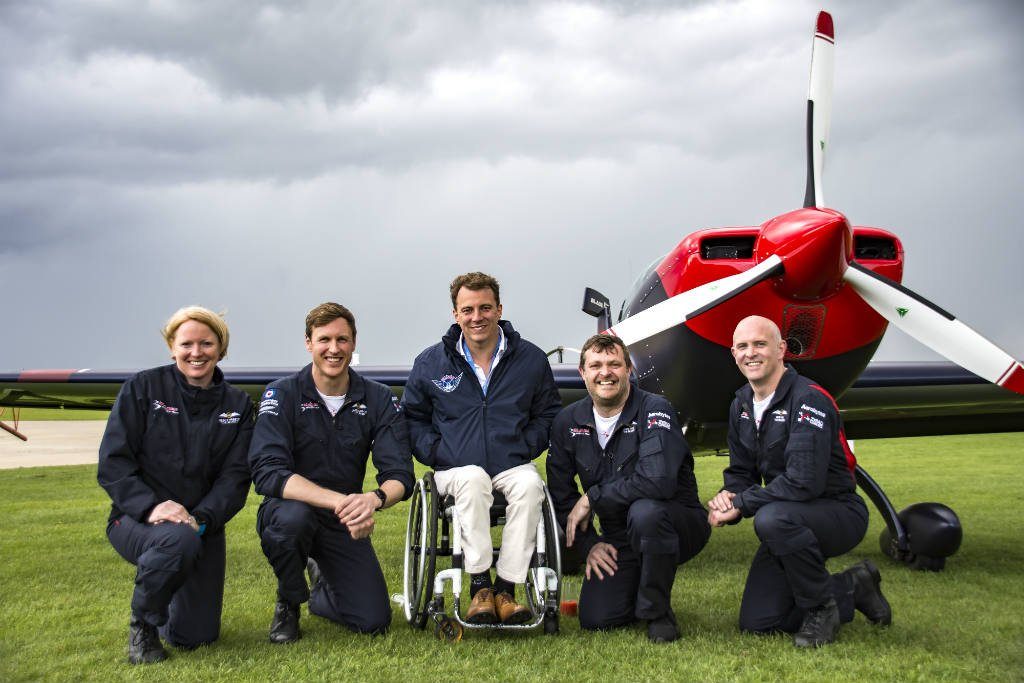By CHRISTOPHER STEVENS FOR THE DAILY MAIL
PUBLISHED: 02:15, 22 July 2013 | UPDATED: 02:16, 22 July 2013
Television presenters have to be passionate these days. ‘I am passionate about treacle sponge,’ they burble, on shows called Britain’s Best Puddings, or some such. ‘I am so passionate about blancmange!’
They’re certainly bright-eyed and breathless over the dessert dishes, but do we really believe they race home to make more steaming treacly sponges? Do they dream every night of pink wobbly blancmanges?
Arthur Williams showed us, in The Plane That Saved Britain (C4), what passionate TV really looks like.
The former Royal Marines Commando was giggling, weeping, gasping, squealing, roaring and punching the air as he inspected a De Havilland Mosquito, the forgotten weapon in the RAF’s wartime strikeforce — and then he got to fly it.
Forgotten hero: The de Havilland Mosquito (‘The Wooden Wonder’, also known as ‘The Timber Terror’) is believed by some to have been more important to the RAF than the Spitfire
It was all the more poignant that Williams, best known for his coverage of last year’s Paralympics, has been unable to walk since a car crash six years ago.
He plainly wasn’t going to let a detail like that keep him on the ground. When he hauled himself up into the cockpit by his arms, you could see the veins standing out on his neck.
Williams didn’t just love this plane, he worshipped it, and the men who flew it. And though they were in their 90s, the airmen who piloted the Mosquito in strikes against the Nazis had lost none of their affection for this 400mph wooden marvel.
‘The plane would take an awful lot of punishment,’ reminisced Bud Badley, 93, over a pint of bitter.
‘One time, I came back from a mission flying a lot of holes held together by bits of aeroplane.’
During World War II, Bud flew the fighter version, which had four cannon mounted under the pilot’s seat and bristling from the Mosquito’s nose. When he opened fire, with the guns thumping under his thighs, it was, Bud said, ‘a very erotic feeling’.
John Trotman, another wartime pilot and, at 93, still flying, remembered piloting the Mosquito along German railway tracks, releasing his delayed-action bombs at the mouth of tunnels to block the lines.
‘You don’t train for that,’ he shrugged. ‘You just do it.’
Tired: After 15 years on the air, the jokes in Family Guy are wearing a bit thin
Hero worship shone in Arthur Williams’s eyes, and no wonder. But his deepest passion was for the plane itself. The prototype was first offered to the RAF in the late Thirties, but top brass could not see the advantages of a plane made from wood.
Designer Geoffrey de Havilland, then aged 57, would not be deterred.
He built it in secret, then showed it again to the RAF — at a time when Britain was desperate for a bomber that could outrun the German Messerschmidt and attack fast enough not to be stopped by anti-aircraft guns.
Some historians believe the ‘Mossie’ was even more important in winning the war than the Spitfire. But its wooden frames soon rotted in peacetime, and the plane was forgotten.
Ikea’s psychotic garden gnomes were bad enough.
But the scowling, grimacing dolls in the furniture company’s latest advert are downright nightmarish.
Every time that plastic hand whisks back a shower curtain, I expect to see a carving knife come stabbing down.
Williams, who first heard of the Mosquito as an eight-year-old making Airfix models of warplanes, tracked down the only one still flying, a recently rebuilt plane owned by a U.S. billionaire.
His sheer cheek, demanding to fly in it despite health-and-safety protests, made winning TV. And his euphoria as he took the controls was contagious: ‘The power . . . this is just insane. The most thrilling adrenaline junkie ride you will ever experience in your life. Man!’





